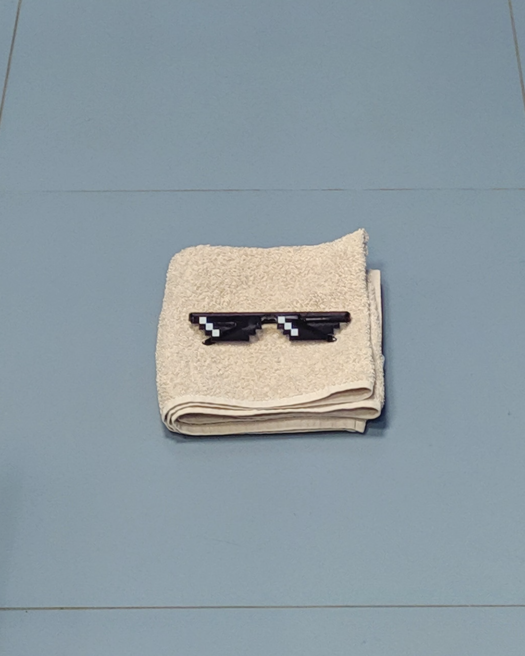Newsworthy hospitality
Brands know they need to be relevant. Newsworthiness is one of the ways to achieve (or engineer) this.
Non-hospitality brands can use hospitality as a “news vehicle”. Take fashion houses that typically gain attention from their seasonal collections and fashion drops. Ephemeral hospitality activations provide them with a new reason to be in the news, making them relevant to their target audiences throughout the year.
Have you heard of Louis Vuitton’s beach clubs popping up at the Mandarin Oriental Bodrum in Turkey and on the iconic Huangcuo Beach in Xiamen, China? According to Sawerschel, the latter example creates big questions for traditional hotel players: “A Louis Vuitton resort popping up next to a normal resort creates strong competition due to the differing revenue model, because Louis Vuitton can class it as a marketing expense rather than operational revenue.”
Established hospitality players can also push product creativity, strengthened through the power of partnerships. Just look at the collaboration between the so-called “Starbucks killer” Luckin Coffee and a high-end Chinese alcohol brand Moutai.
“Partnerships can ensure integrity,” says Ingram. “Each brand has its own authenticity and together they can create something new and newsworthy.”
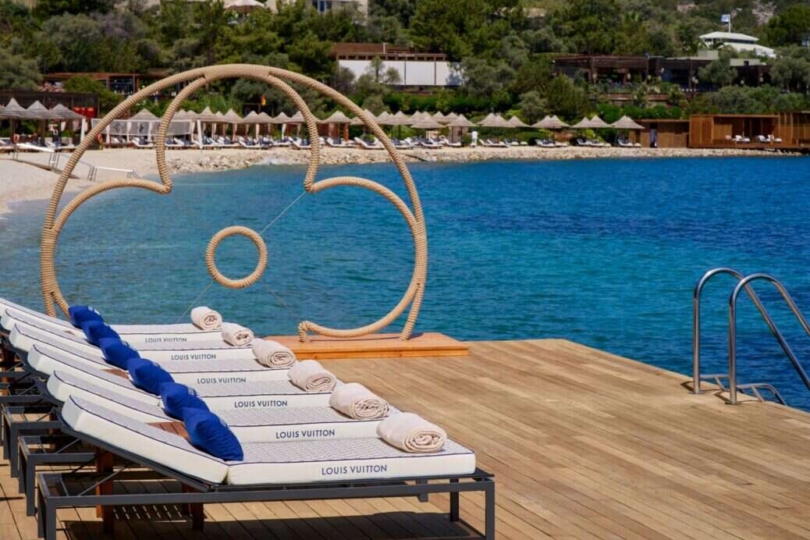

Mono-product brands
In the risky business of F&B, simplicity can be a strong strategy.
Hence the rise of mono-product brands. That means one thing done well and branded accordingly. “Once you find the one thing that works, you can build up your entire brand communication around that star product,” says Sawerschel.
Here are some great examples: Little Bao in Hong Kong selling only sweet or salty bao buns, Buddy Buddy in Paris serving everything with nut butter, and The Avocado Show that originated in the Netherlands and, as the name suggests, puts avocados at the heart of every dish.
The mono-approach can also extend to the interiors where you can see only one dominant colour and/or material.
“The absence of excess becomes the statement,” says Ingram. “It can make a brand stand out in today’s oversaturated world, helping consumers to cut through all the visual noise.”
Having a narrow focus can also paint brands as specialists, making them instantly recognisable and memorable. “The challenge,” says Ingram, “is to ensure they create monogamy, not monotony.”
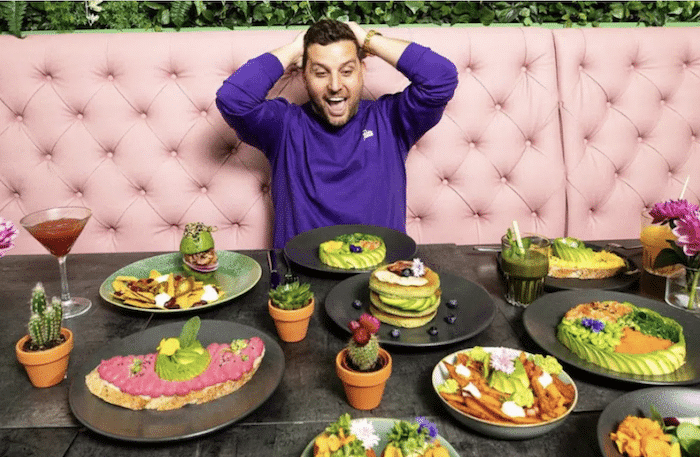
Phygital forms
As if we weren’t online enough already, interior designers are translating the language of the screen to their physical spaces, inspired by specific colours, forms, fonts, 3D effects, emojis and pixels.
In retail, these designs often mirror a brand’s shift from online-only to omnichannel. A Madrid-based commercial centre Wow that revolutionises the physical and on-line shopping experience is a good example of that.
“Hospitality can build a bridge between the digital and physical worlds,” says Ingram. “You can’t taste anything in the metaverse… yet.”
Crosby Studios and Repossi showed us what’s possible with the Web-3 Café. During Paris Fashion Week, their art installation/café preceded the launch of a Crosby Studios video game, and was filled with pixelated furniture that could be purchased both in real life and in the game.
But as technology advances, how quickly will the look become outdated?
“The trick is to find a balance, because refurbishment cycles won’t change. Hotels will do a full refurbishment every 10 to 20 years,” says Sawerschel. “Hotels could limit the bold look to their public, high-visibility areas like lobbies, tone it down in the bedrooms, and save the extravagant, phygital design decisions for newsworthy hospitality pop-ups!”


Hospitable healthcare
More an ongoing trend than a new one, the line between hospitality and healthcare is getting more blurry. You can see it more in the private sector where competition is fierce – and where hospitality can provide a decisive point of difference.
Clinique de Valmont in Glion, for example, has a restaurant akin to those in Switzerland’s luxury hotels, while Maex Clinic in Madrid looks like an upscale residence.
“We have to go to the doctor’s or dentist’s, even if we don’t want to,” says Sawerschel. “Branding and spatial design can play a huge role in making those trips more pleasant.”
While the design of some medical spaces, like surgeries, is guided by function and hygiene, public-facing areas can benefit from softer palettes and materials. Think of a homely hotel or relaxing spa rather than a sterile clinic. Check out what Norm Architects and Foolscap Studio did for Dentology+ in Antwerp and Ode Dermatology in Melbourne for inspiration.
The relationship between health and hospitality is also extending to the wider wellness scene, with Equinox gyms branching out into hotels, the launch of humanized retirement facilities like Casa Barbara (involving Serge Jérémie Trigano of Club Med and Mama Shelter fame) and the rise of niche retreats such as Dimensions Algonquin Highlands in Ontario, which offers wellbeing-oriented psychedelic-assisted experiences.
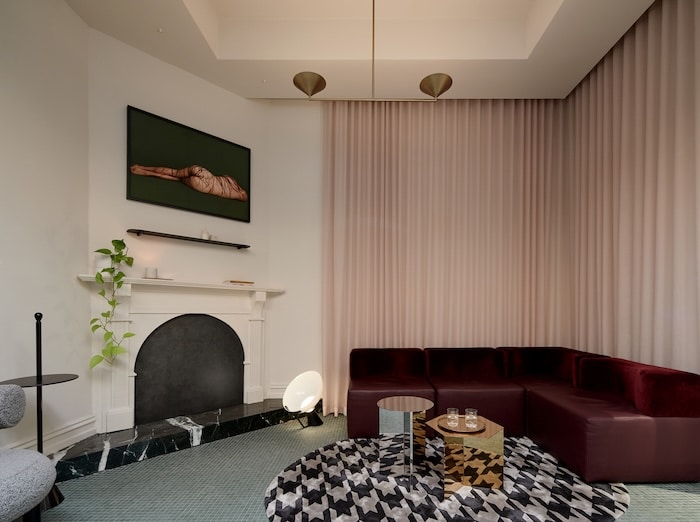
Project occupy
Hospitality businesses are embracing less-than-perfect buildings, reusing old furniture and unpolished interiors, all while cutting down on resources and associated costs.
Good examples of guerrilla branding can be found in Asia, from the raw, graffitied look of LinkedTown Coffee in Hangzhou by XianXiangDesign to the construction-site vibe of Judo Espresso Dojo by Nhoow Architects in Chengdu.
“Hospitality has such a high spatial turnover,” says Ingram. “A new concept often means an entire interior is stripped and replaced, without any guarantee of the new venue’s longevity.”
Instead, some designers and brands are working with what’s there, giving a second life to furniture that was once seen as junk. However, the world needs a recalibration of what’s perceived as aesthetically pleasing for this approach to sustainability design to succeed.
There could be another driver at play: “Maybe in a world that’s so controlled and organized, there’s something very fresh about this sense of rebellion – even if it’s artificial, re-created rebellion,” says Sawerschel. “It’s energising.”
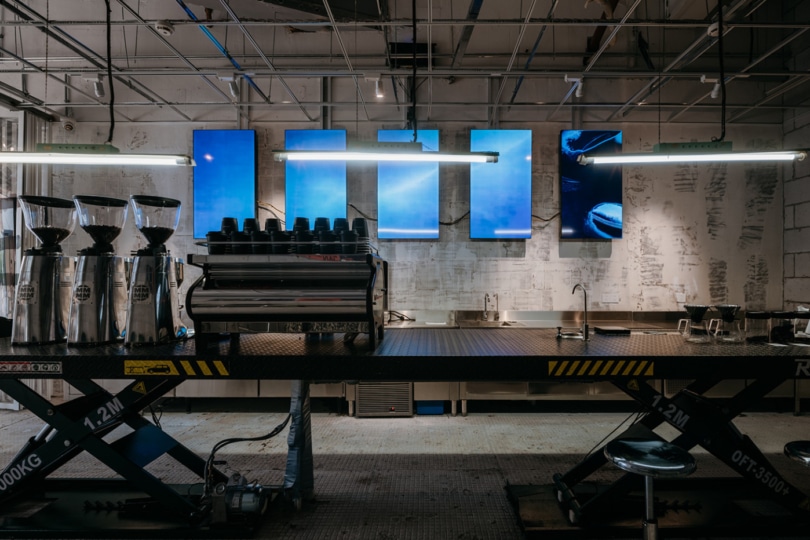
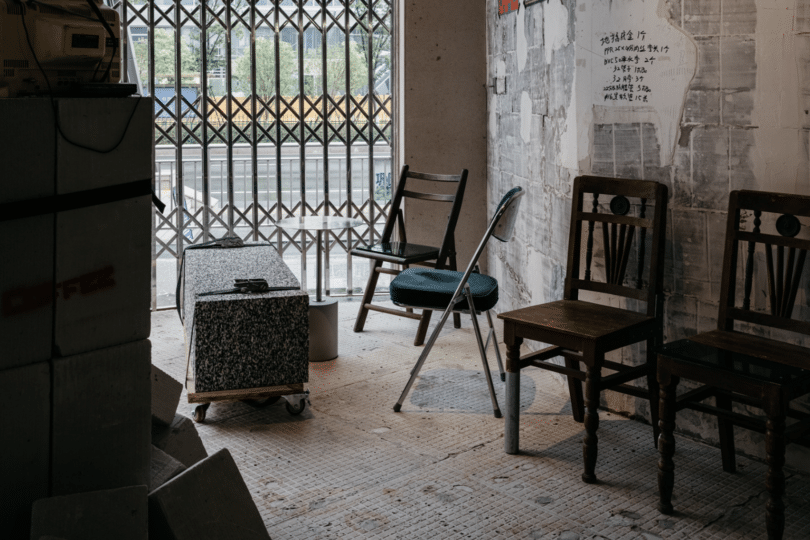
Destination dining
In the movie The Menu, a handful of guests take a small boat to a private island for a once-in-a-lifetime dining experience from a top chef played by Ralph Fiennes.
Although the 2022 film set out to mock the pomp and pageantry of fine dining, the spectacle is exploring new territories. Literally. Guests at Iris restaurant in Norway’s Hardangerfjord take to the waters aboard a floating orb that brings them to the ingredients, not the other way around. Customers are sent to a remote location to feast on a multi-course dinner conceptualised to convey the “challenges and threats to the global food system” and stir up “ideas and suggestions for future innovations”.
Swedish company OceanSky Cruises is gearing up to launch five-star expeditions by reviving a more sustainable mode of transport – the airship. Its first destinations are the North Pole and South Africa, and guests can expect scenic views, luxurious cabins and experience-aligned meals from top chefs. In last year’s hospitality trend report, we remarked on the lack of integrated journeys accompanying the rise of immersive experiences. These new developments and the impending relaunch of the Orient Express train show that the change is afoot.
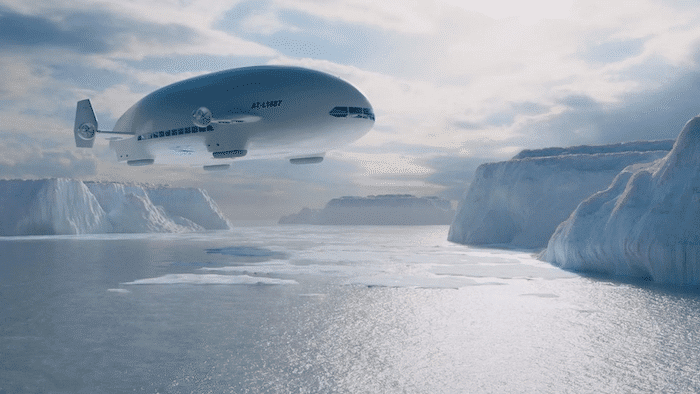
In the still-thriving experience economy, it’s clear that hospitality continues to be a strong magnet for its ability to offer real-life experiences in an increasingly digital world. There’s a strong incentive to come up with the next new thing and many players are racing to be the first.
